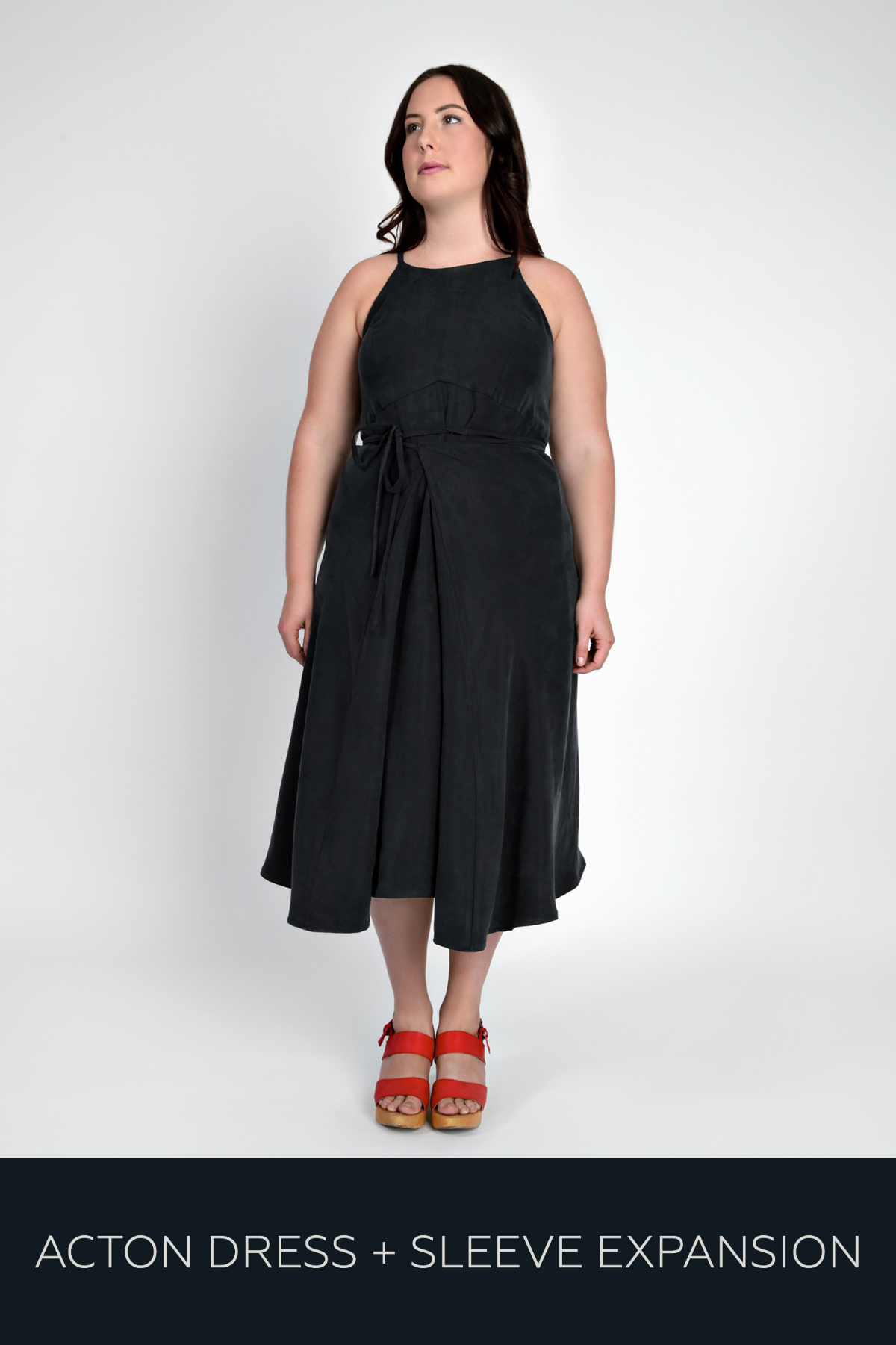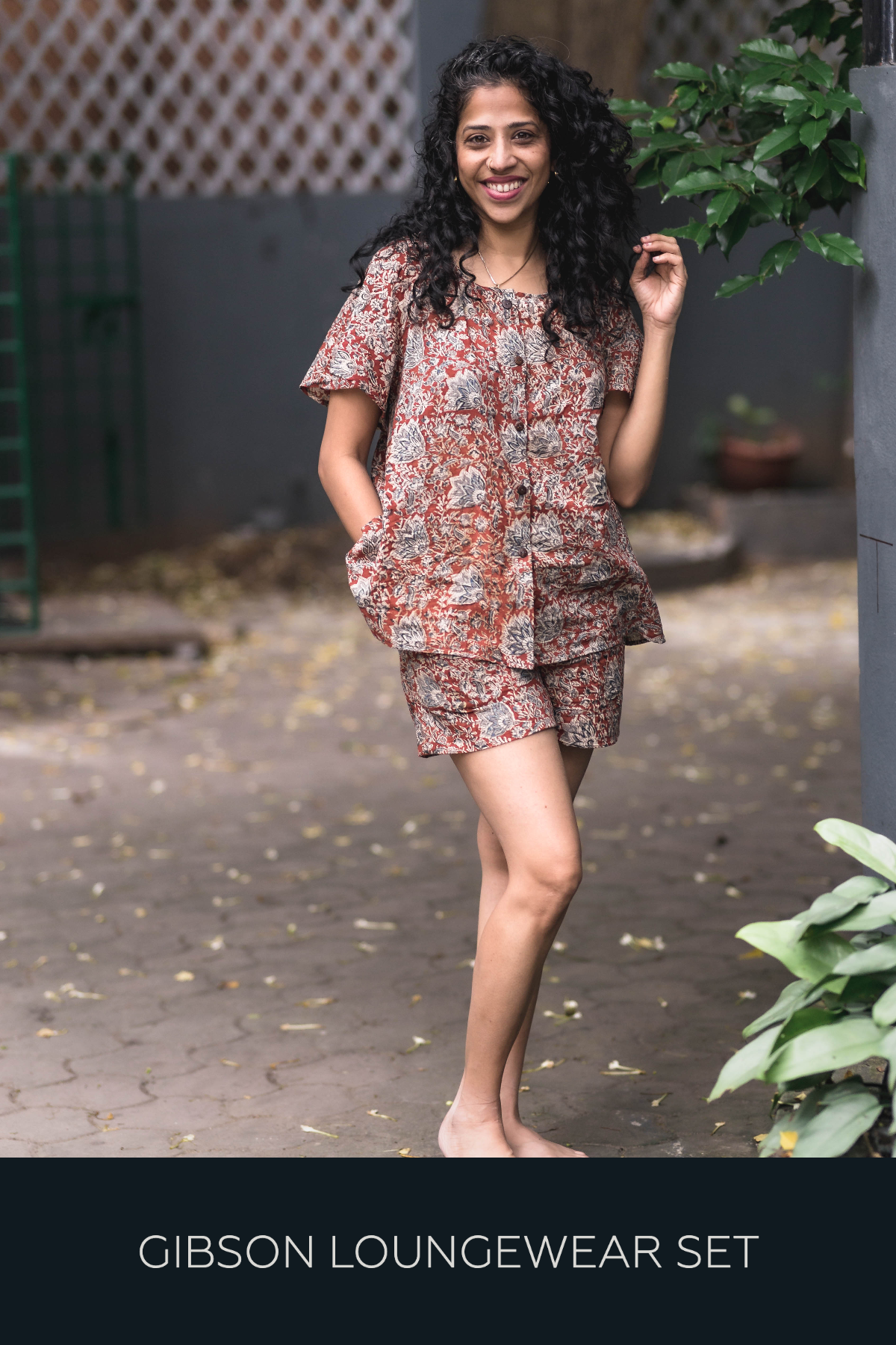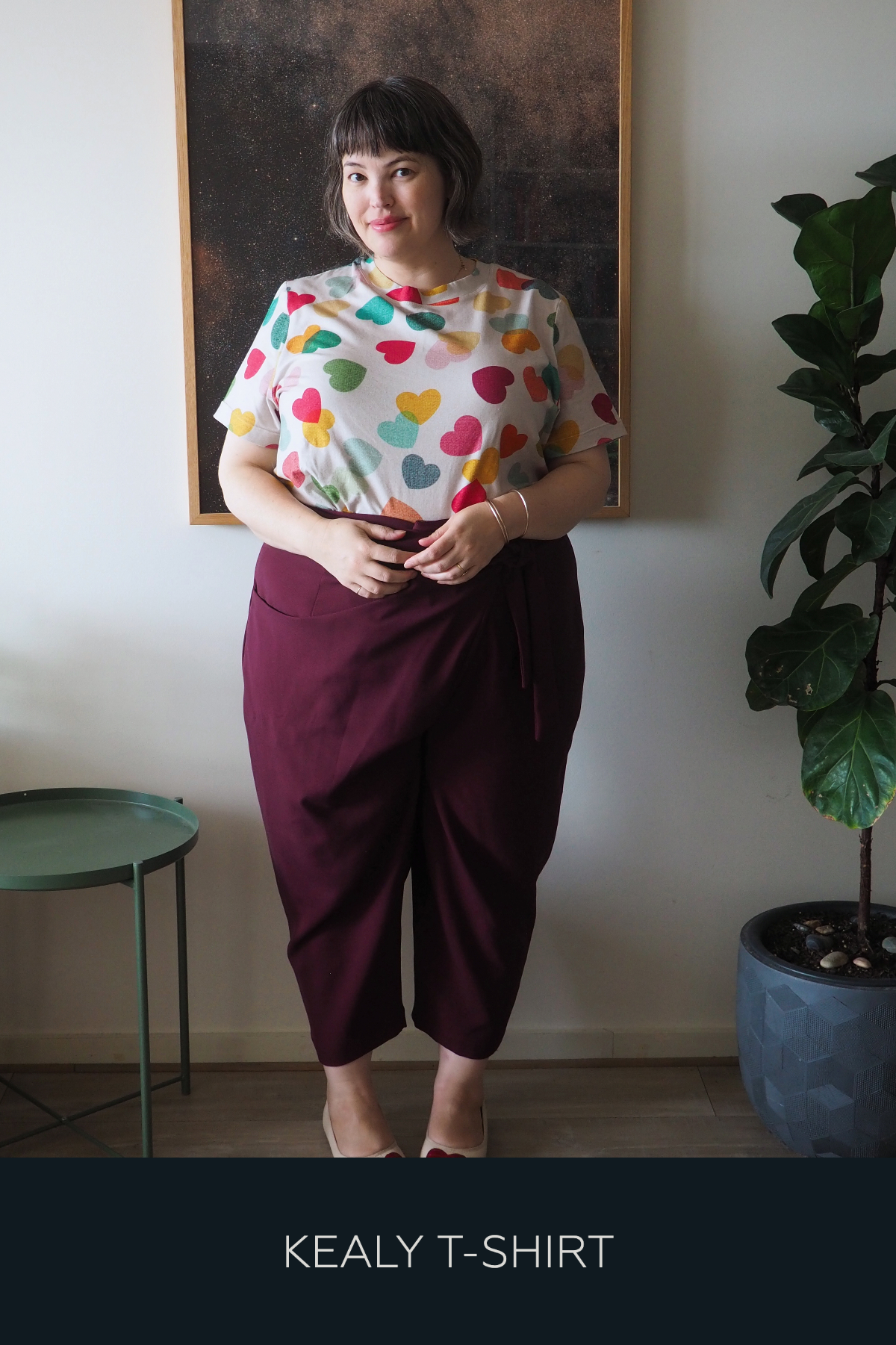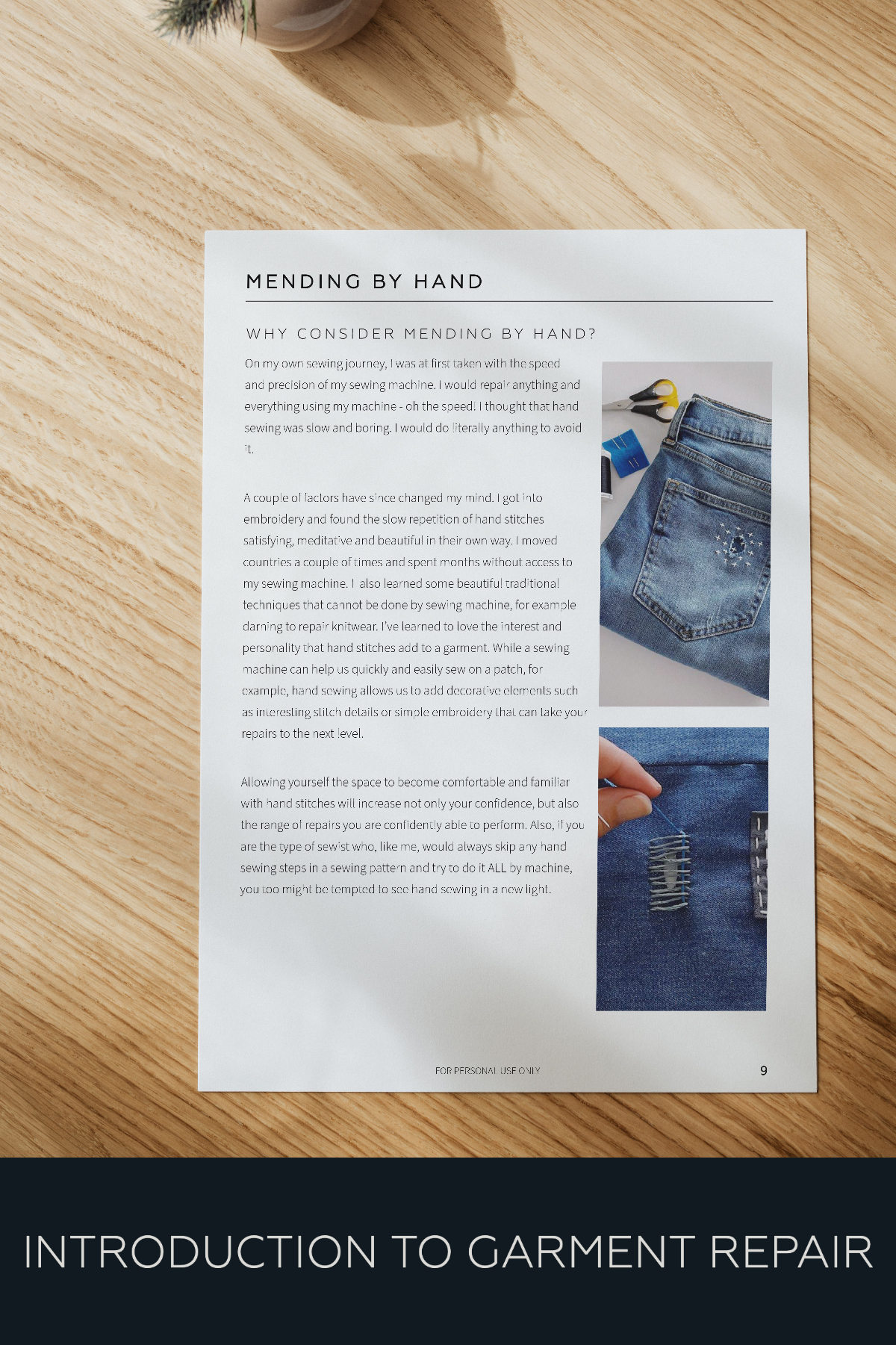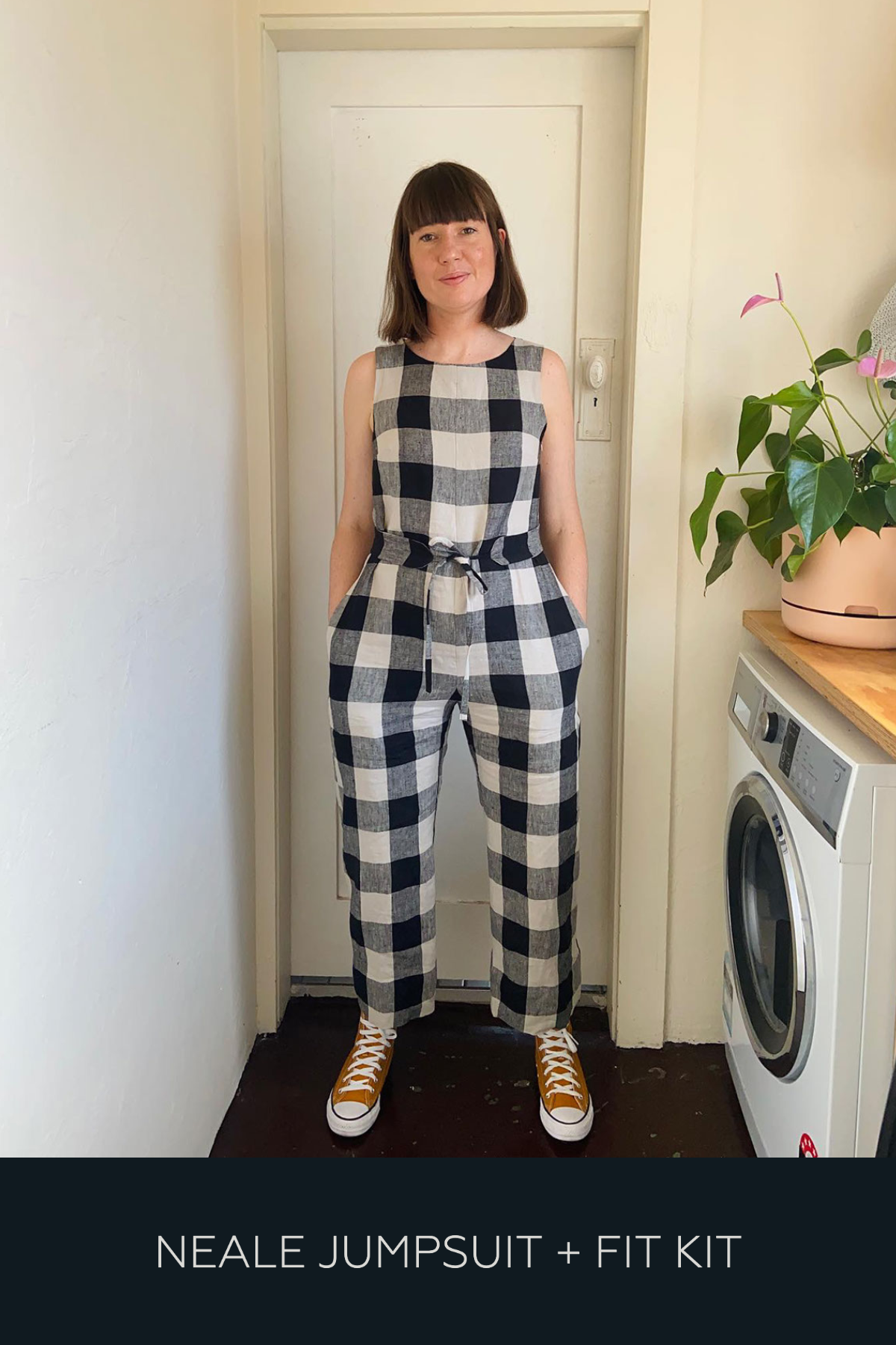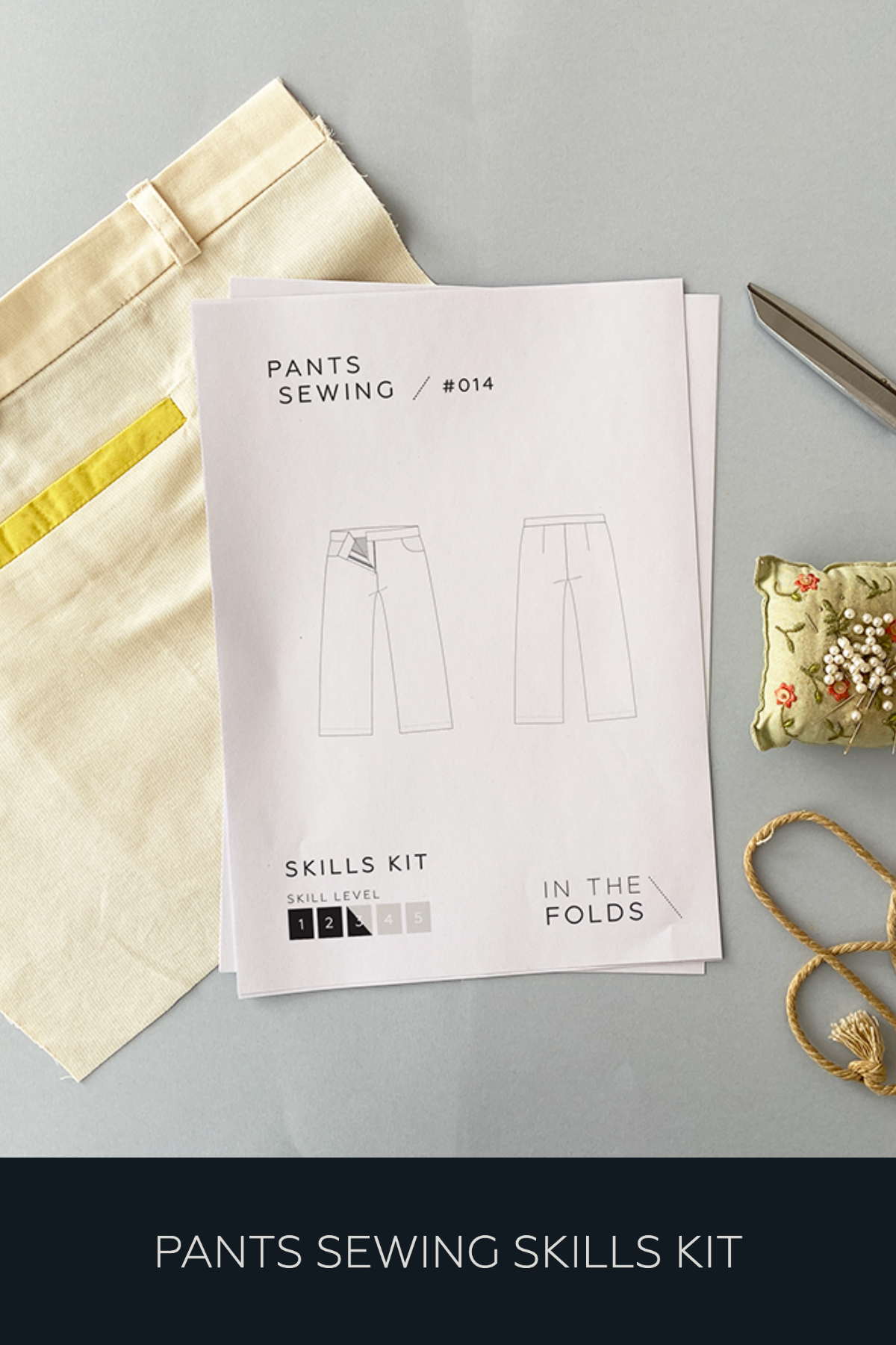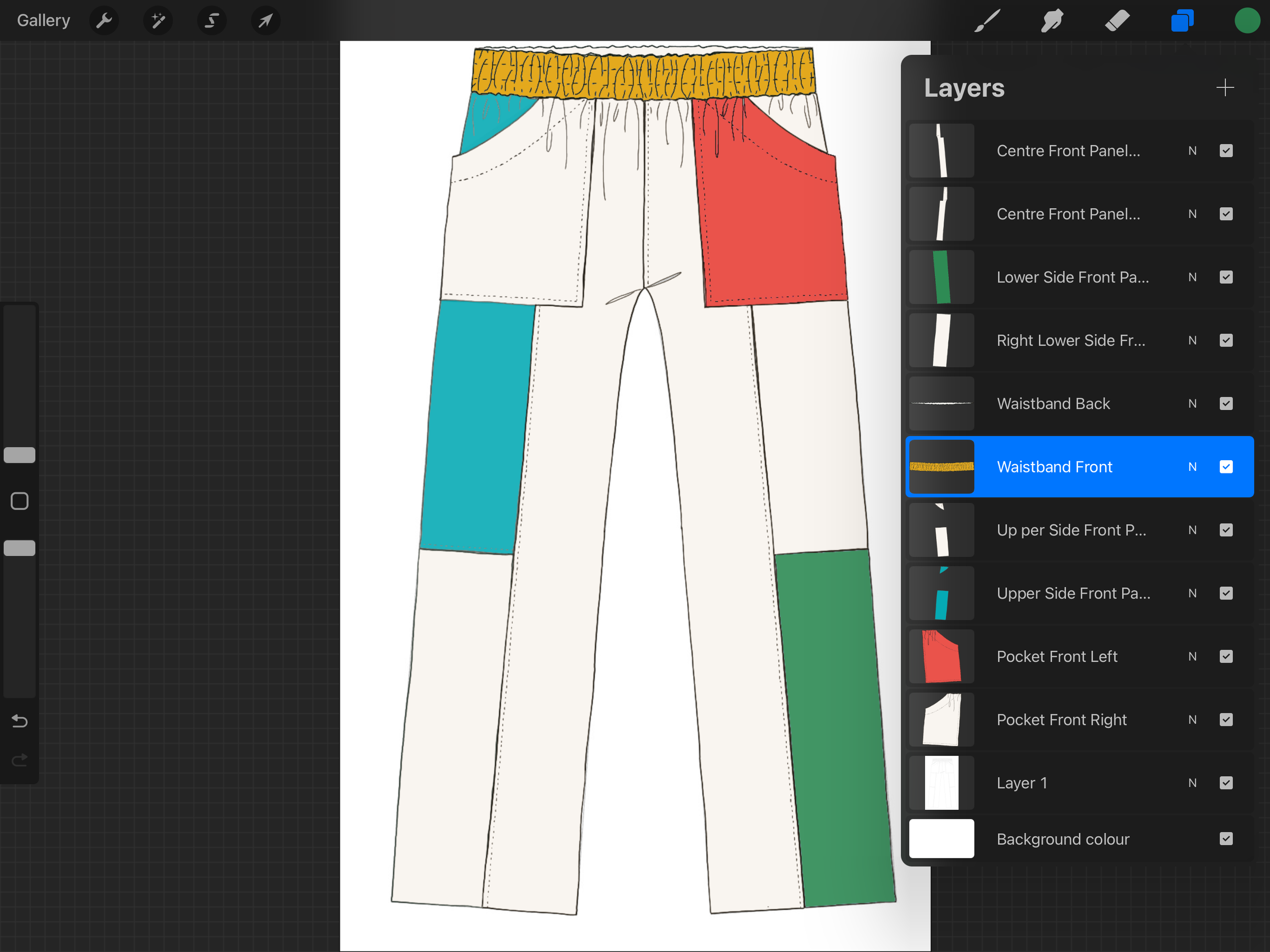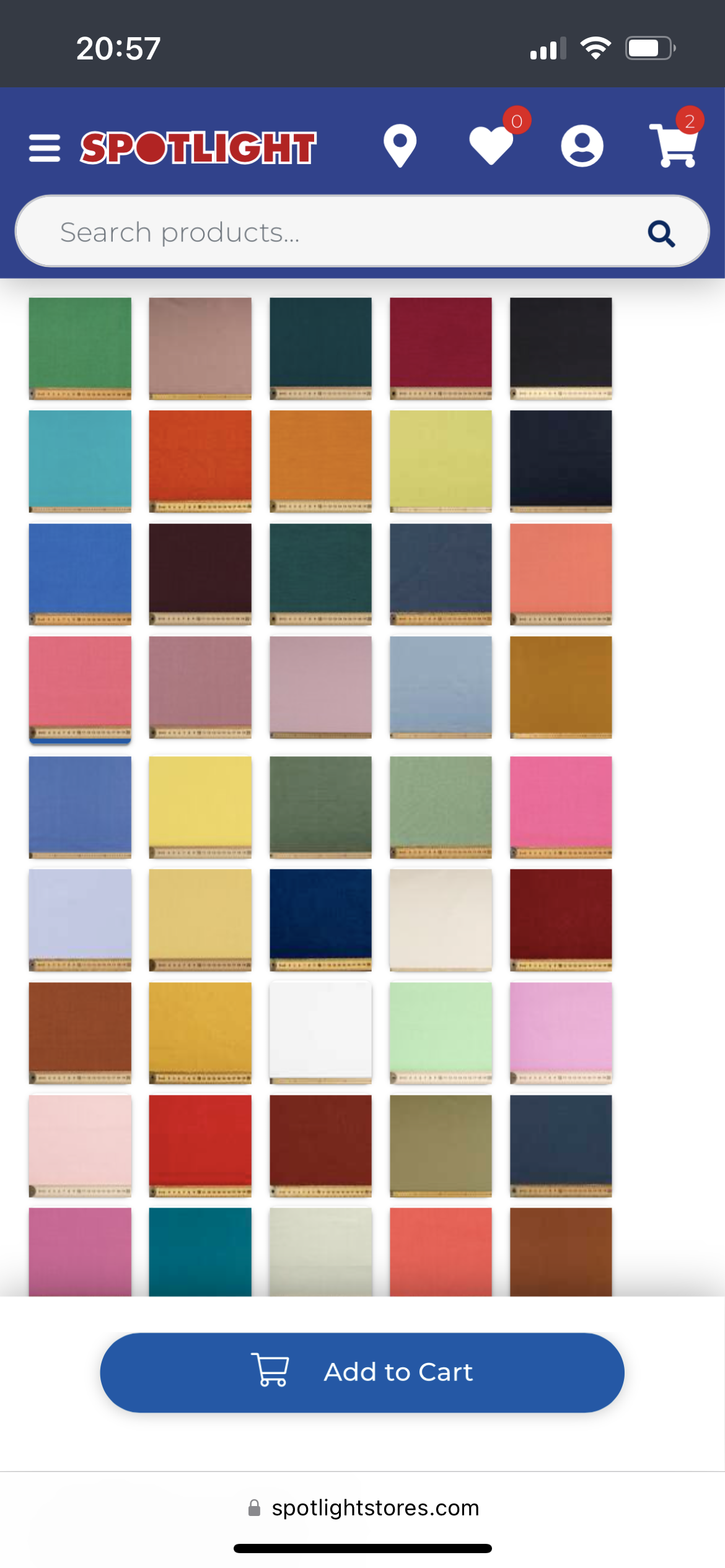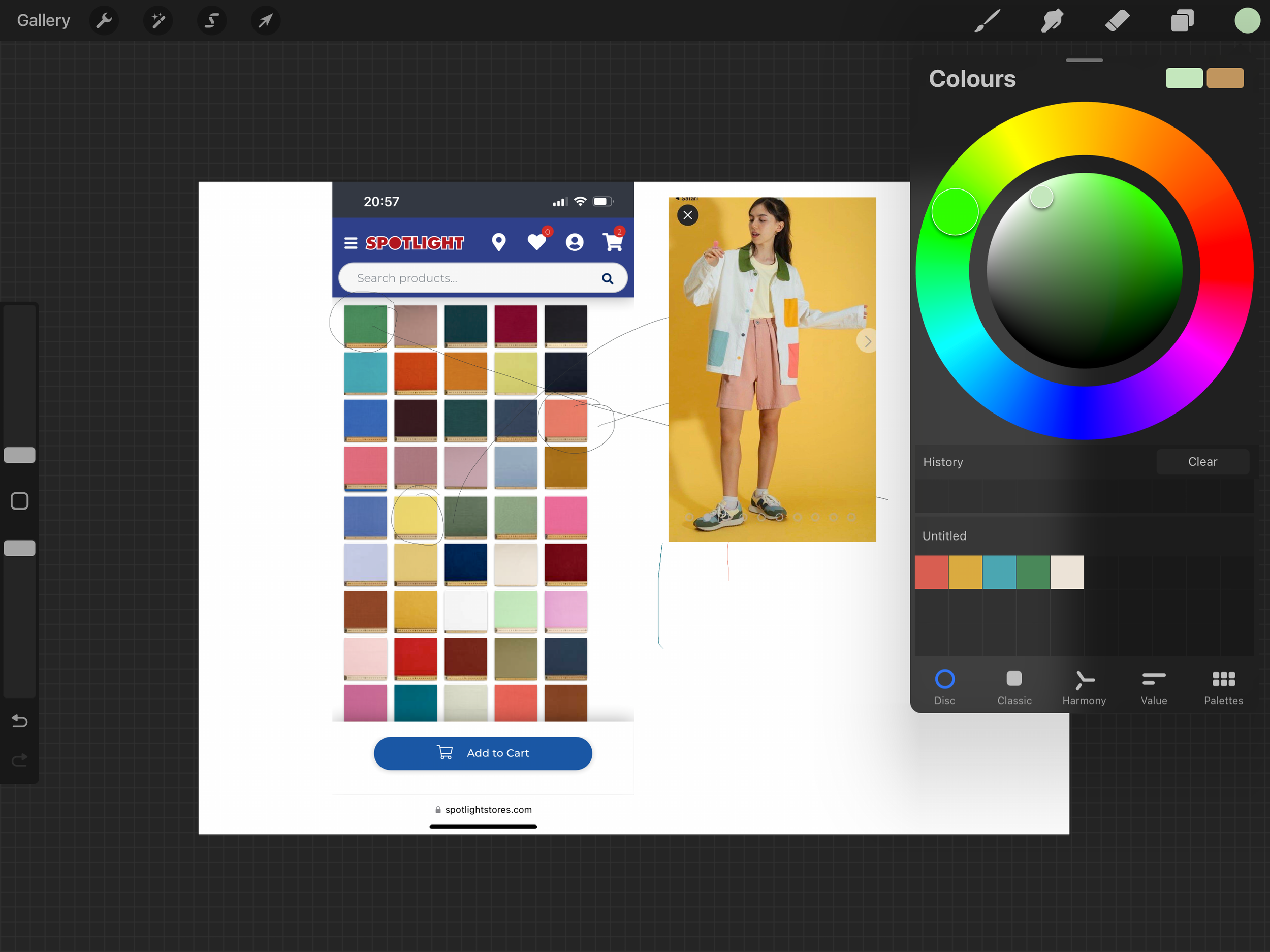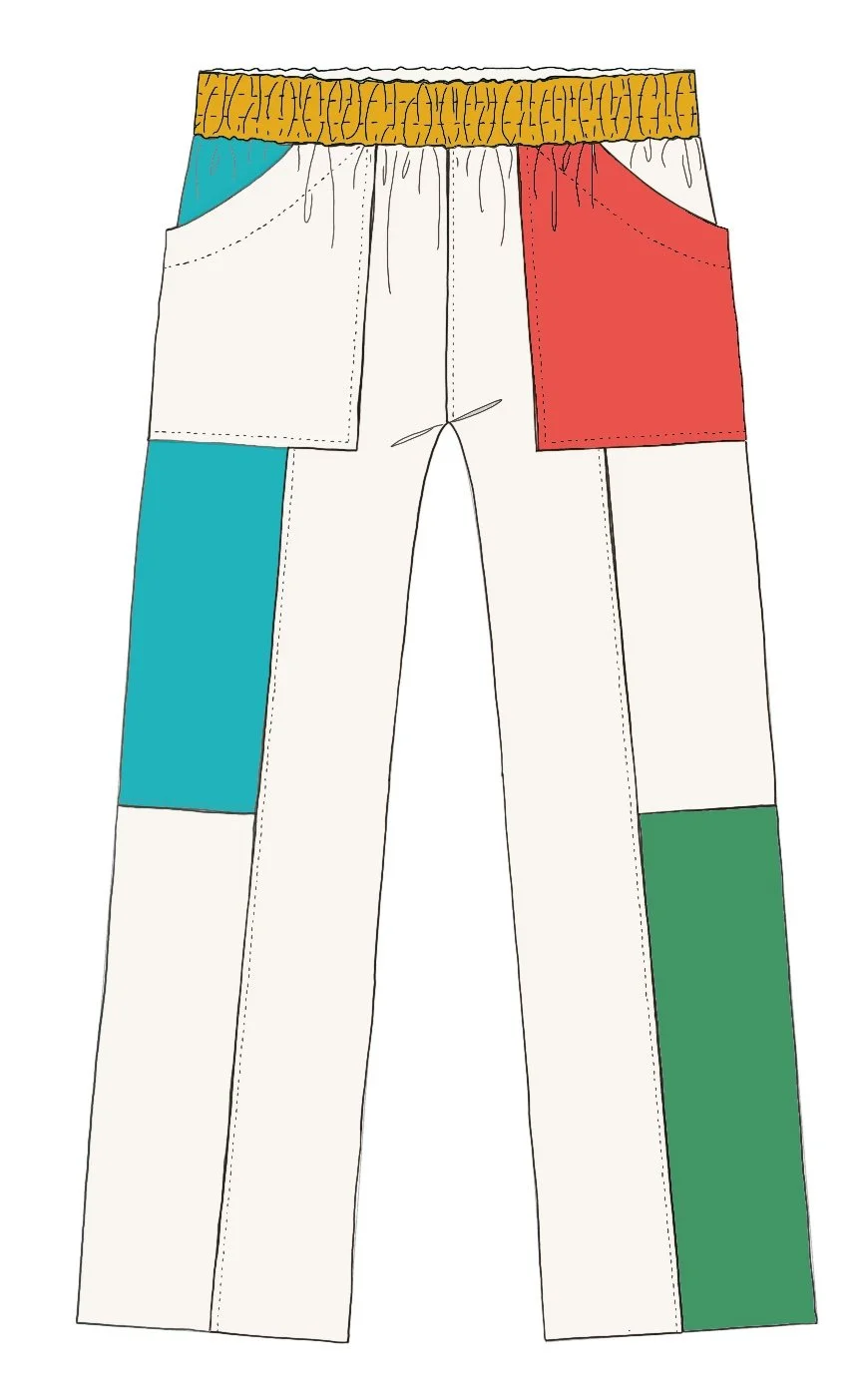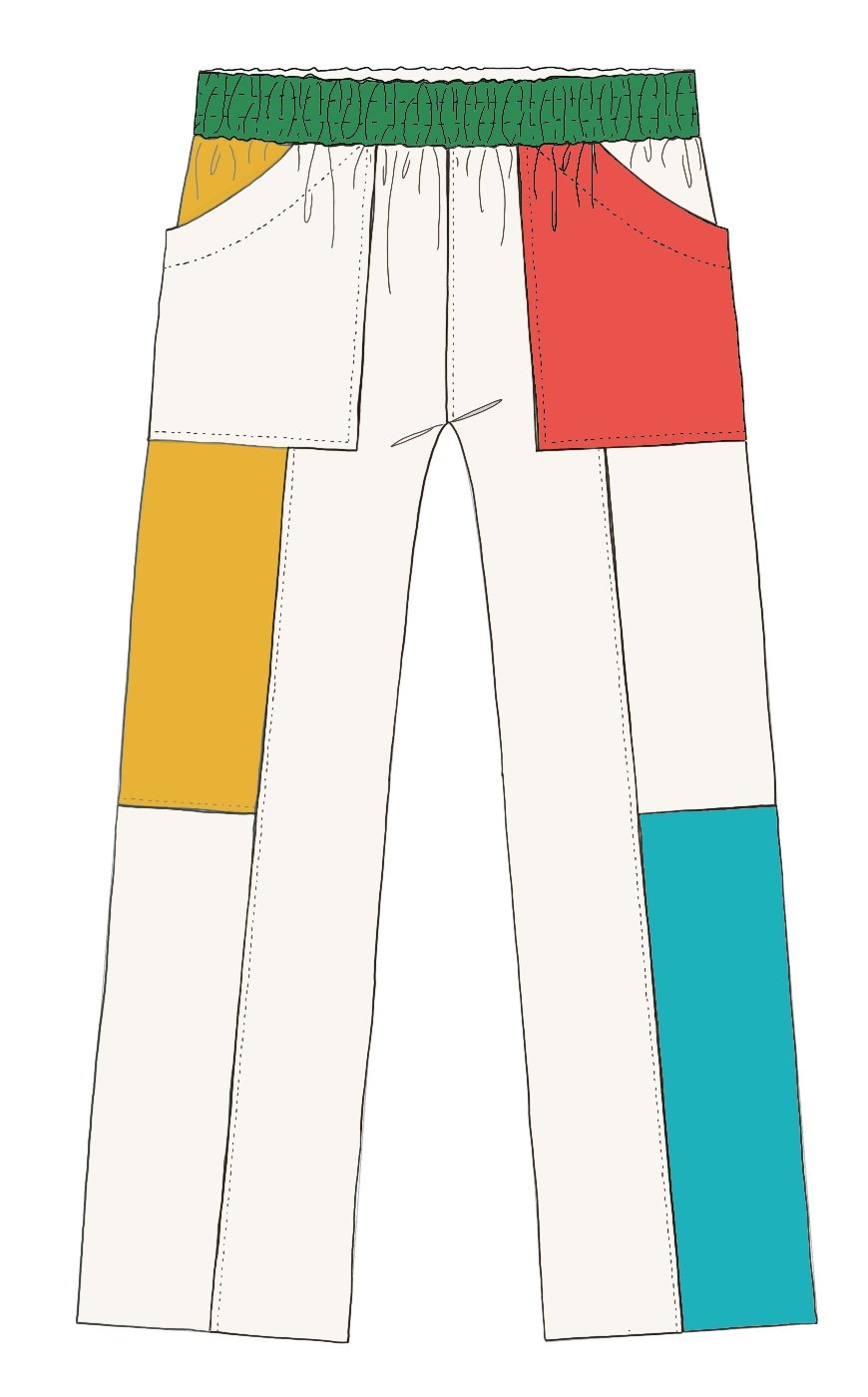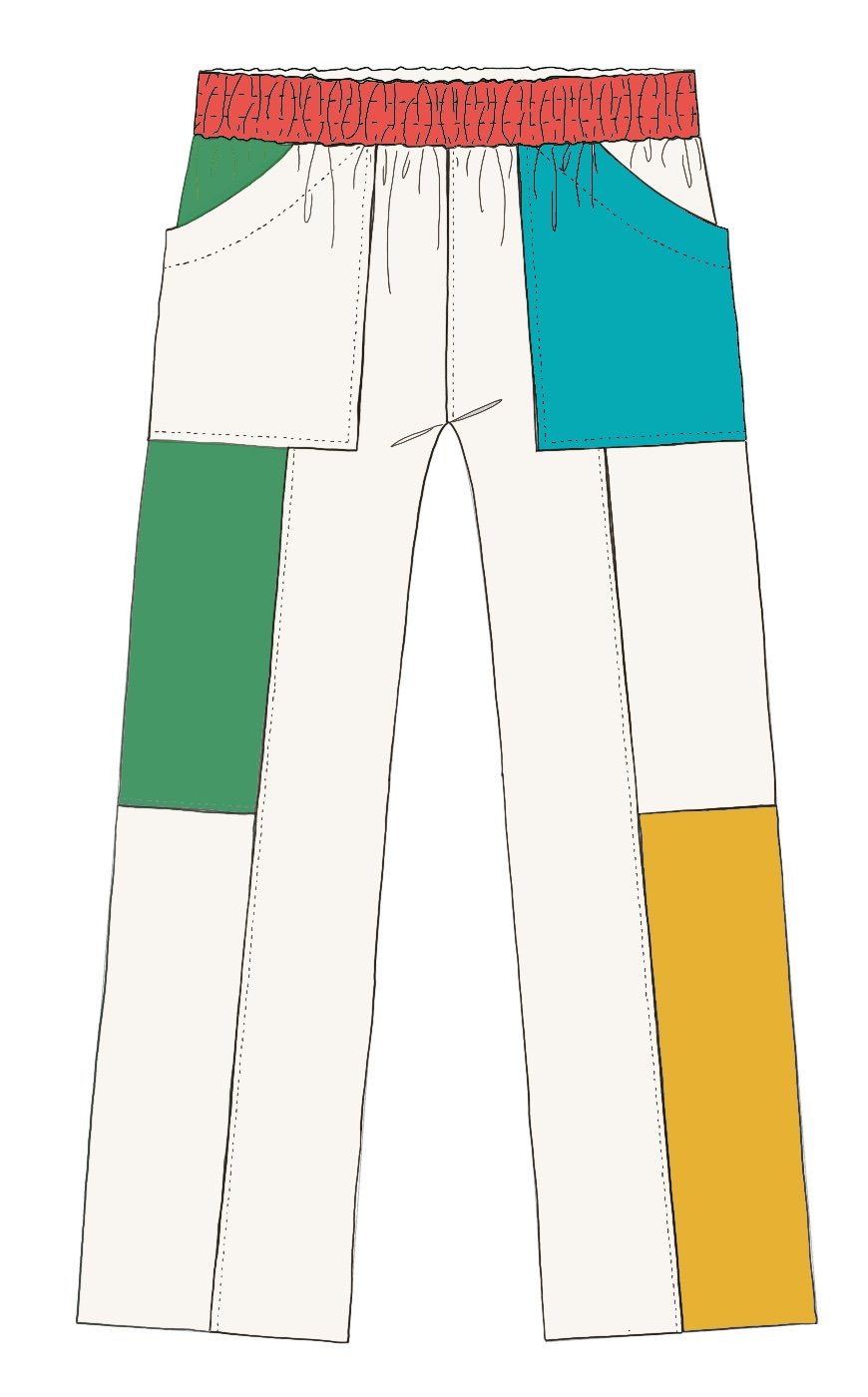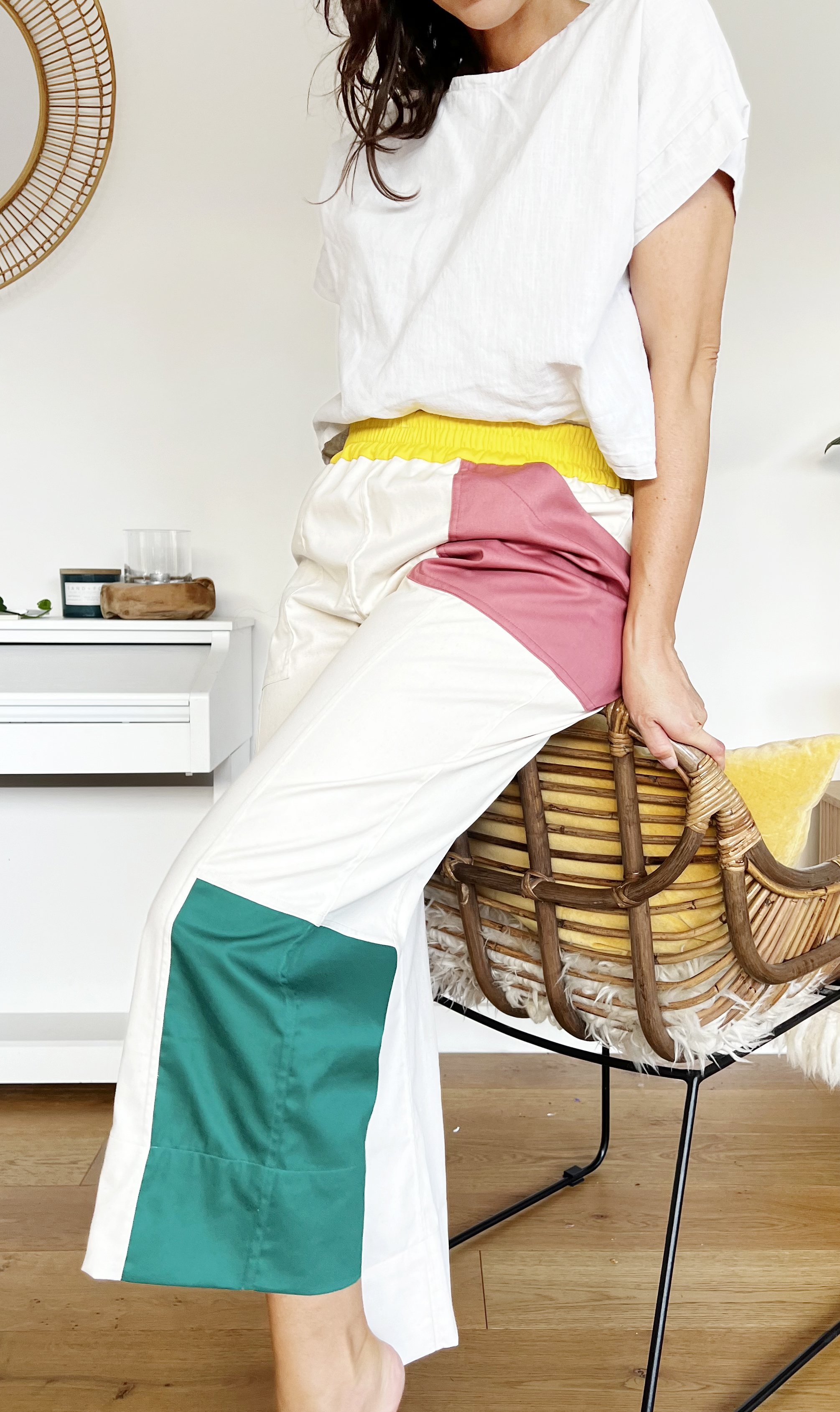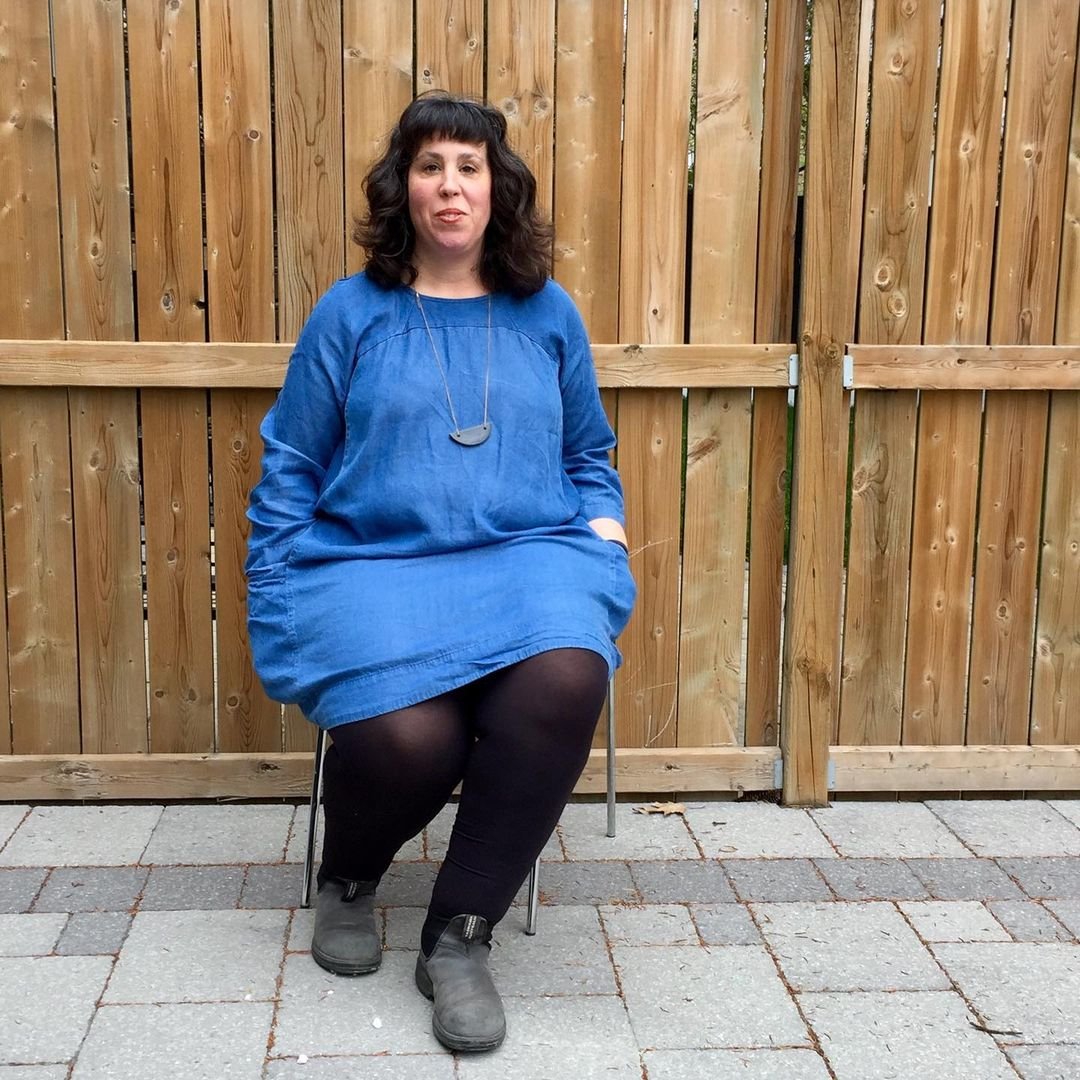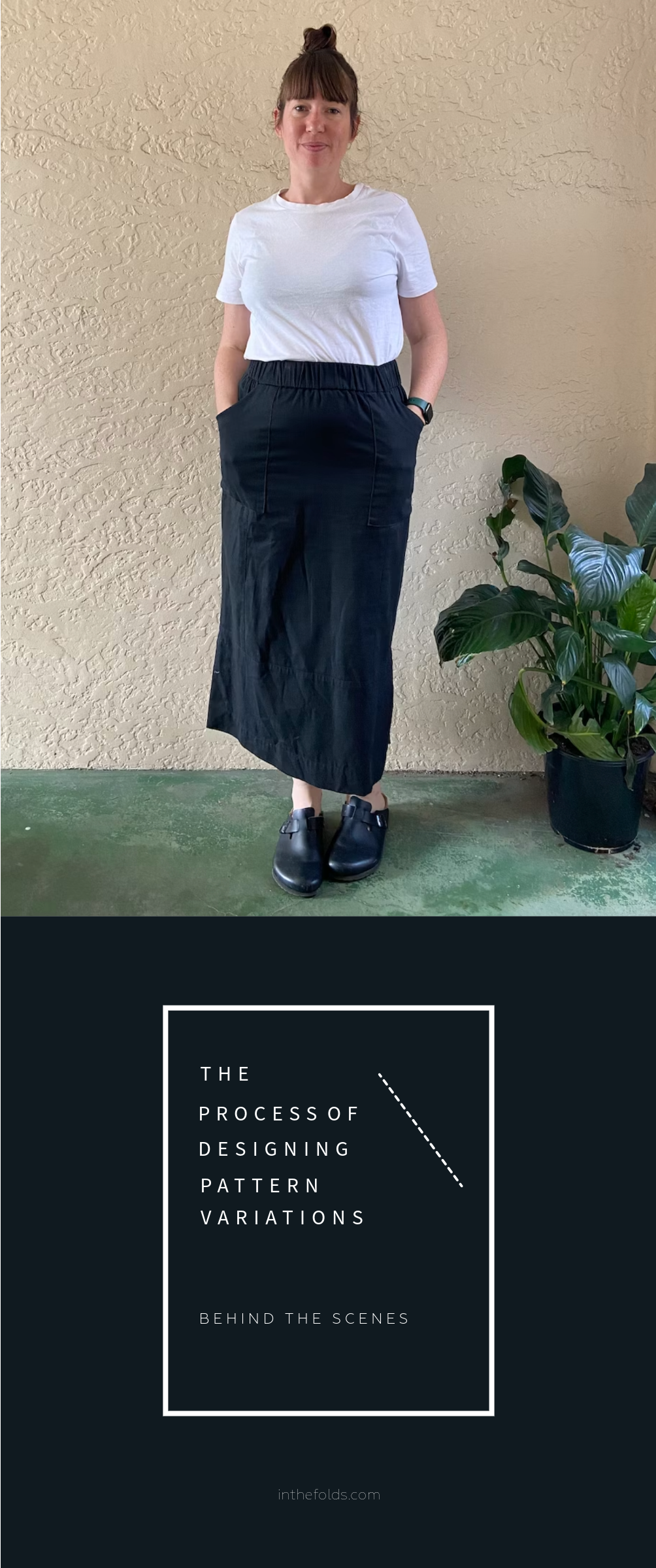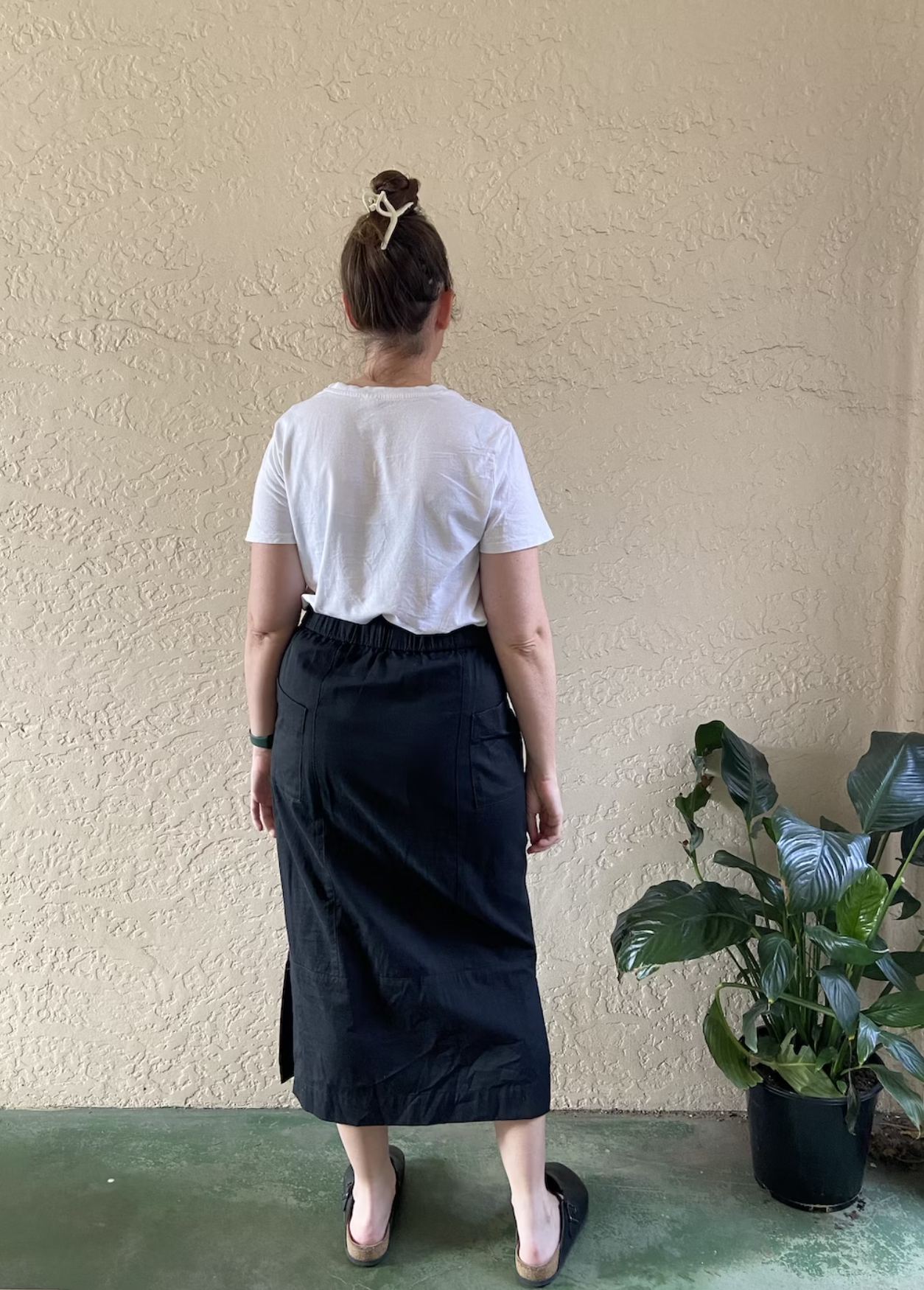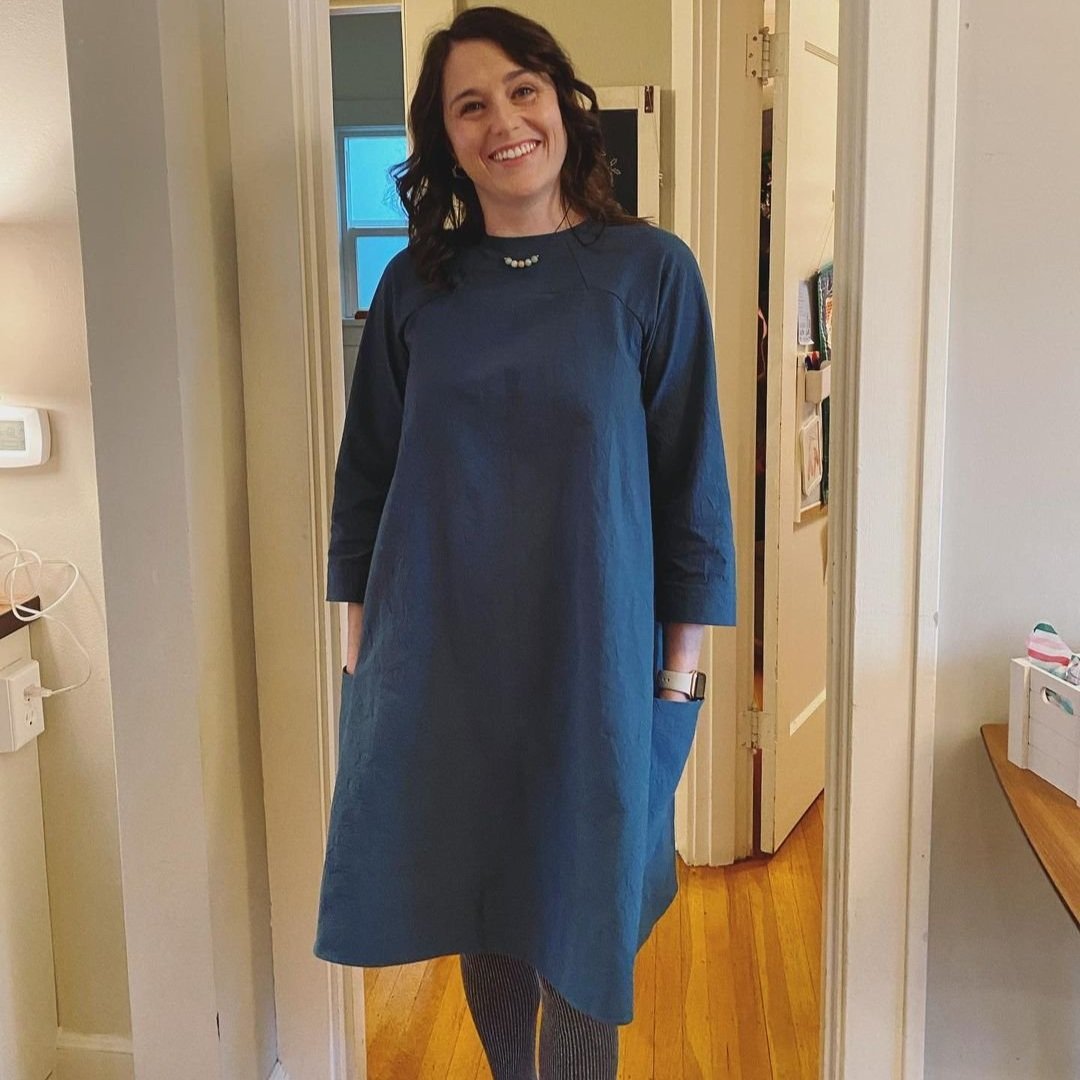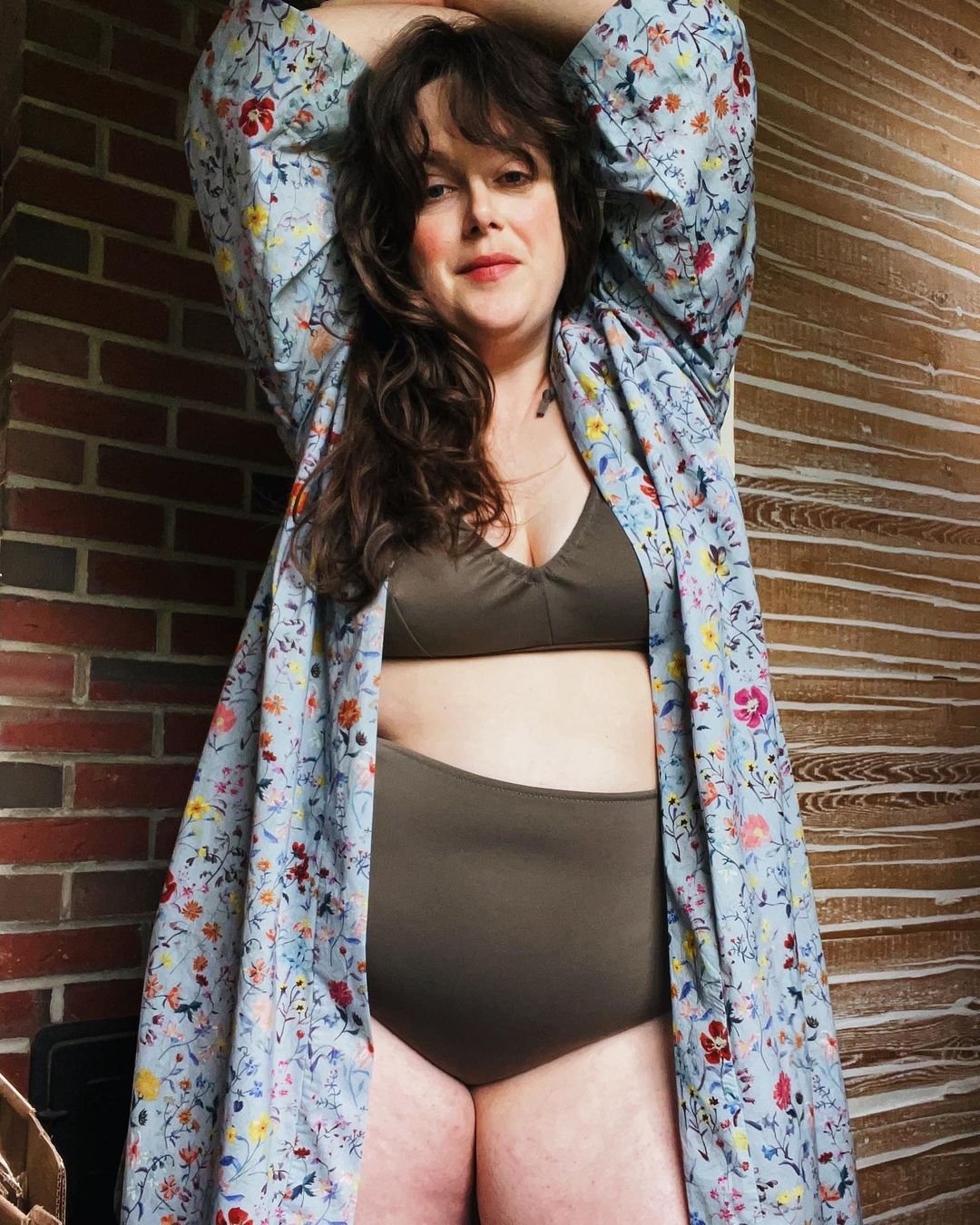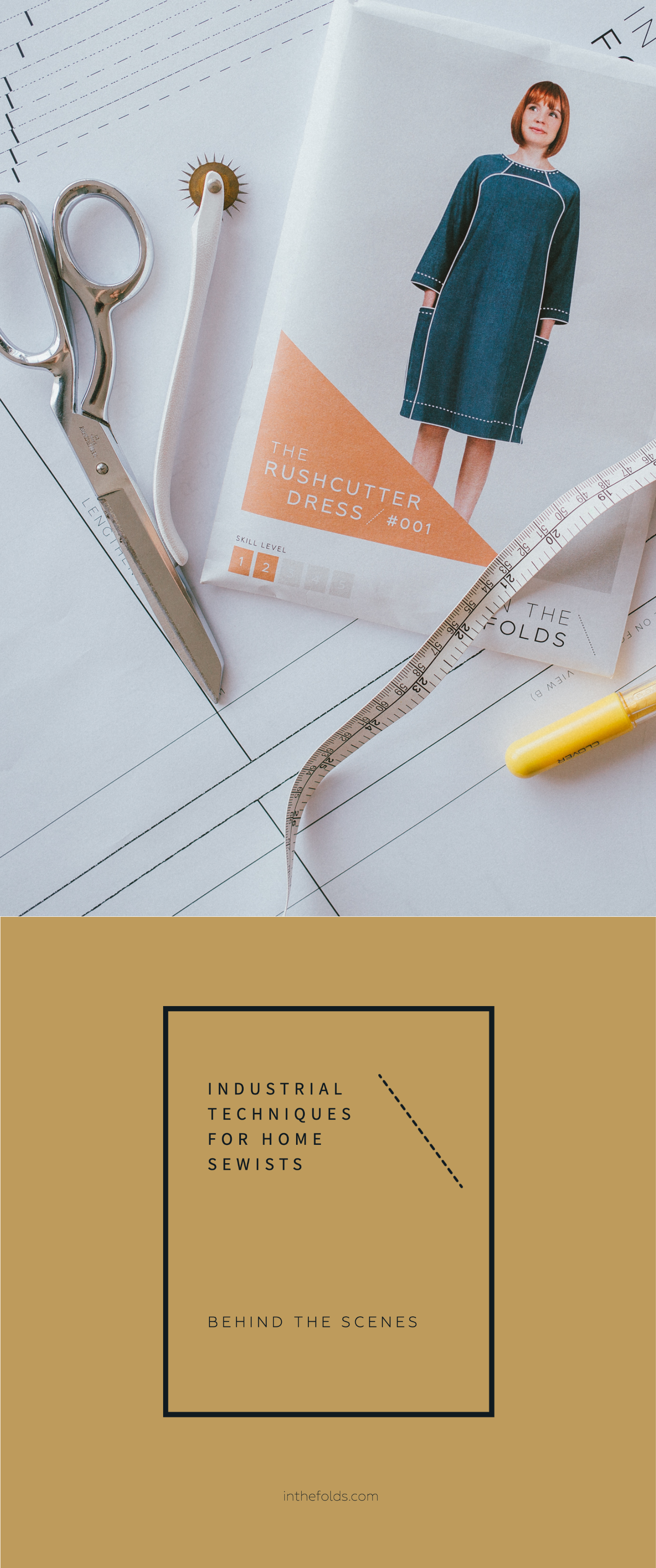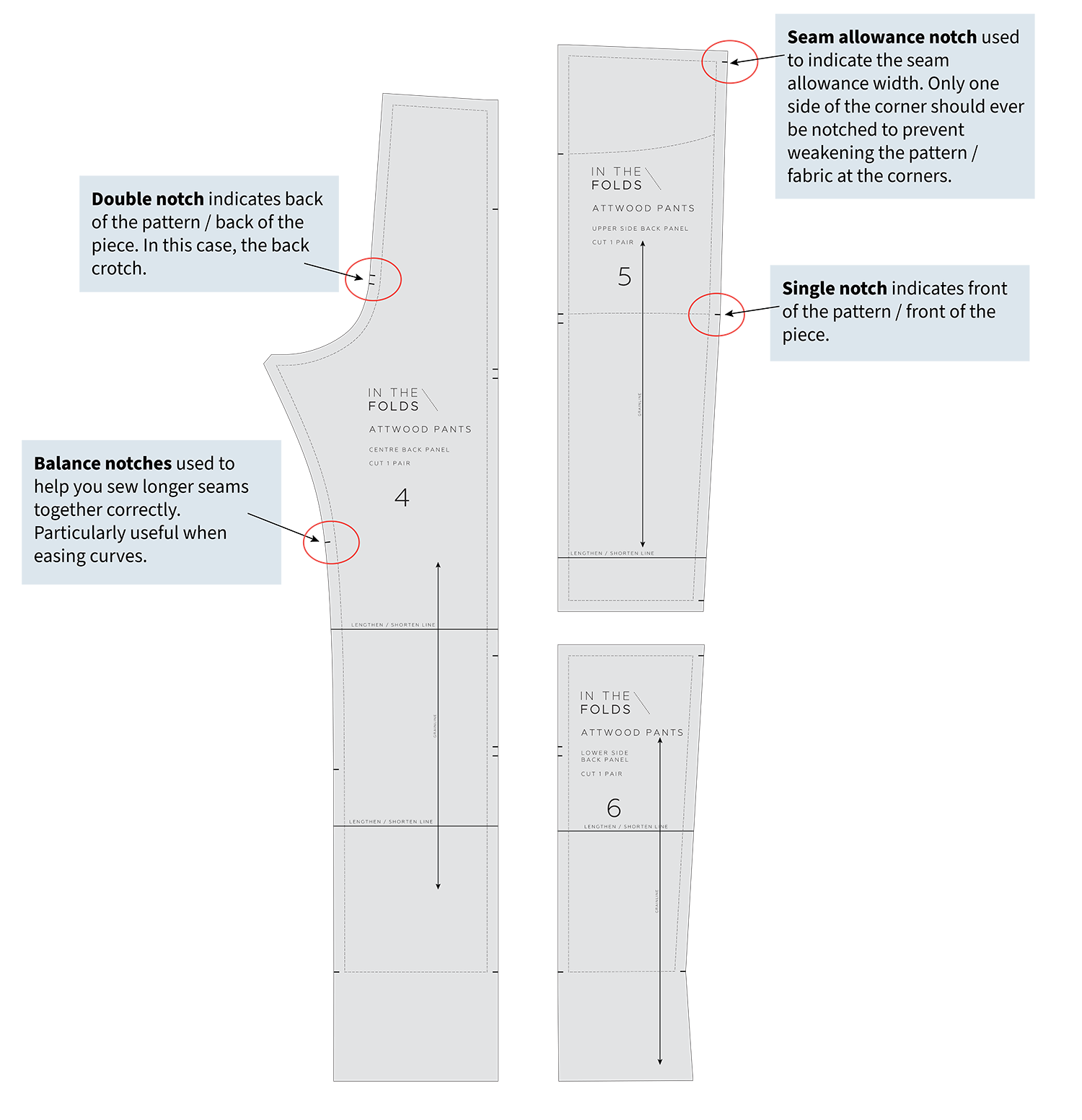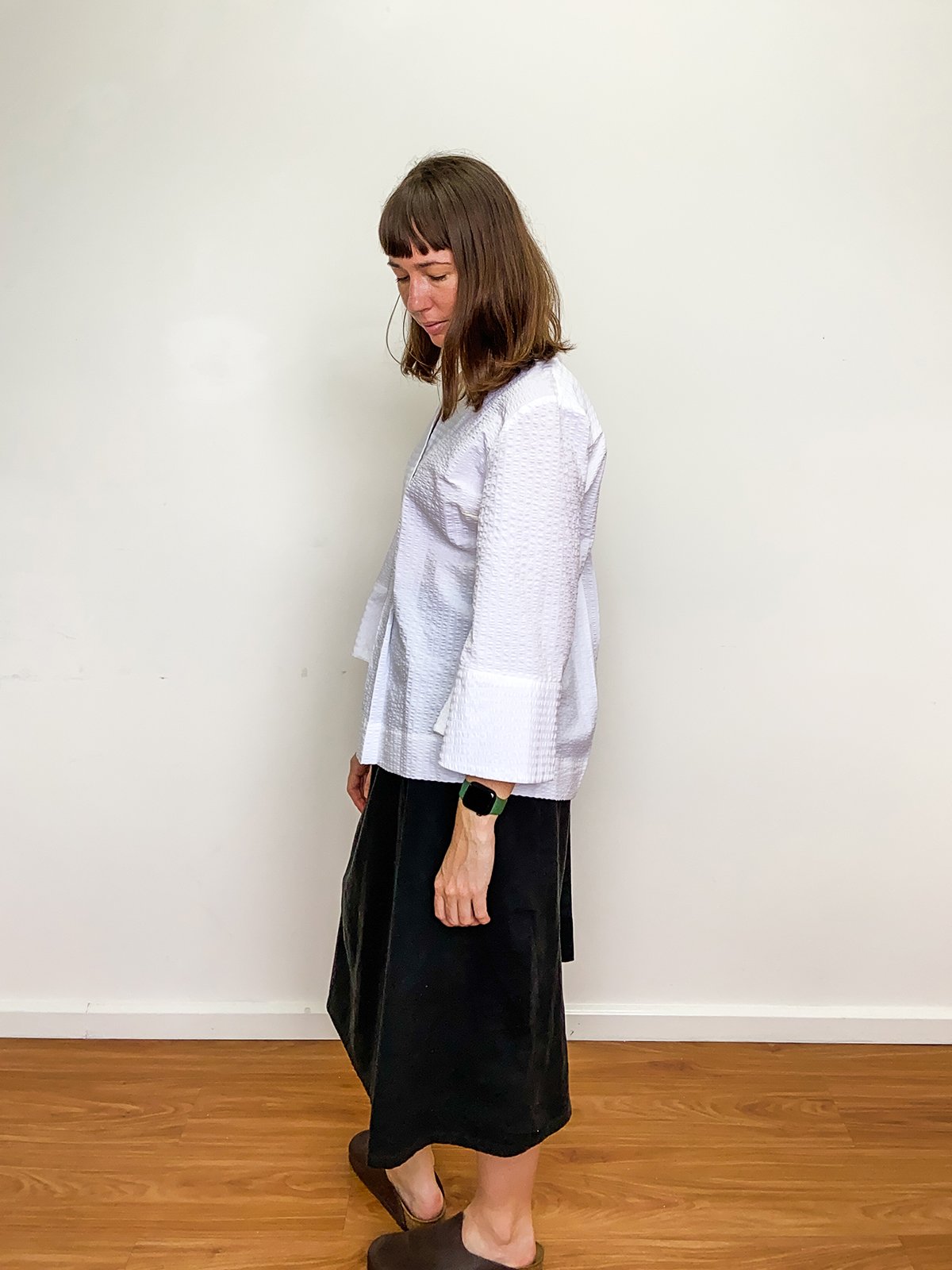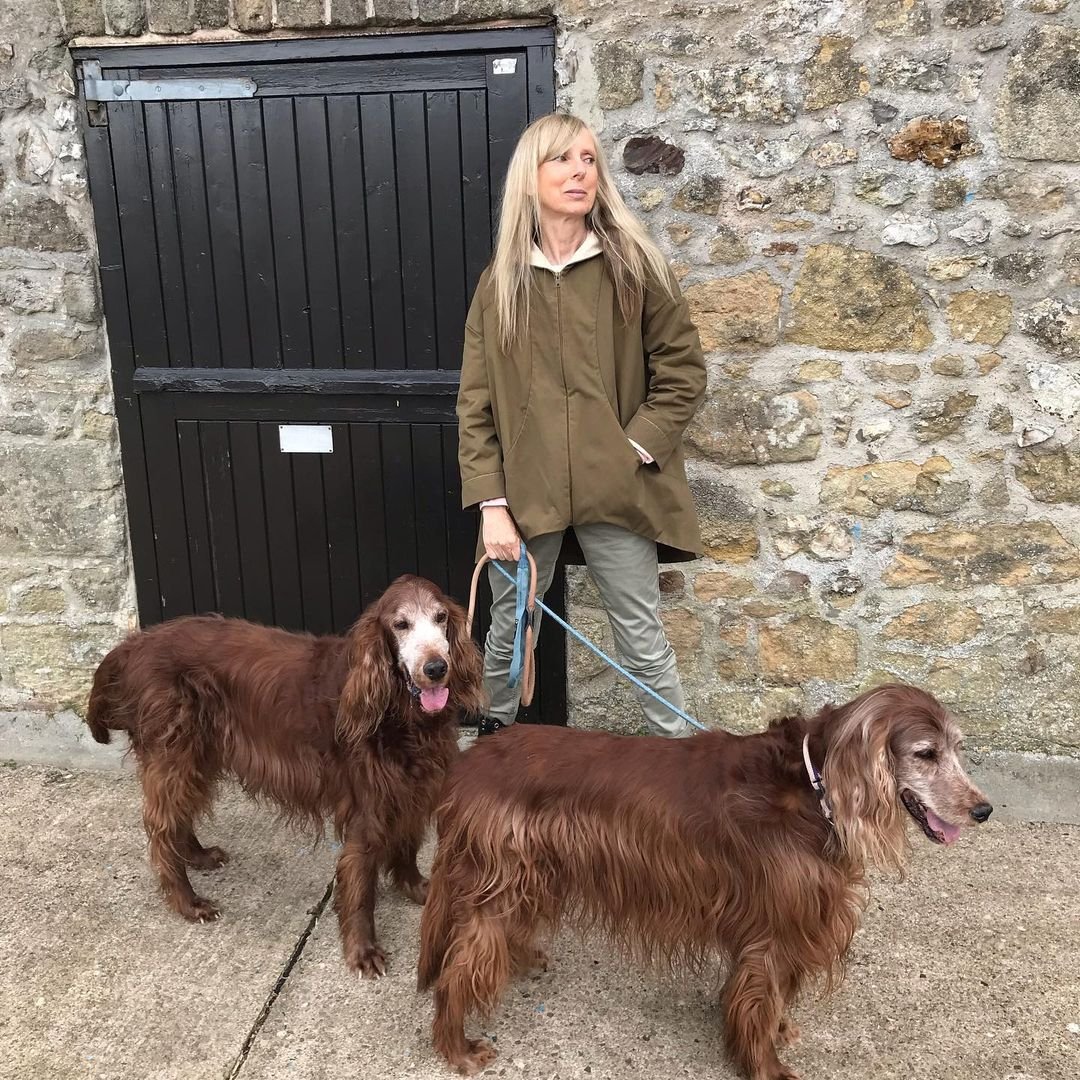For many creative sewists, planning makes is half the fun of sewing!
Getting the spark of an idea and mulling it over… Day dreaming about it non-stop while we should be getting on with other things… Keeping our eyes peeled for that perfect fabric… These steps are all part of the creative process.
But, sometimes a project idea comes along which is trickier to wrap your head around or is just outside your comfort zone. This is what the Attwood Pants were for me!
Our team decided we needed to add a sew-along for the Attwood pants pattern to the extra resources we share in our Curated by ITF community, and I was tasked with the job of sewing them up and documenting the process.
Together we decided that the sample needed to be light and bright, with fun pops of colour, as a contrast to the samples we already had, and to showcase the panelled element of the design. I think (and hope!) I managed to nail the brief, but it didn't happen without considerable planning. So I wanted to share the process I used to help me figure it out.
I found it challenging to imagine how various colour blocked combinations would look in reality, and needed a way to compare and contrast my jumbled ideas in a more concrete way. I was also working to a deadline within the limitations of the fabric selections available to me (preferring to source my fabrics from the same place to ensure speedy delivery as well as consistency in weight and quality).
After weeks of uncertainty and procrastination, my way of problem solving came about in the form of the Procreate App on my iPad. (I had dabbled around in Procreate a little in the past teaching myself how to make repeat patterns for fabric.) Procreate turned out to be a great way to test out my options before settling on a final design.
I started off with the technical drawing of my intended project: the ITF Attwood Pants.
I took a screen grab and imported it as a jpeg into Procreate. I then traced around each separate element on its own individual layer: pockets, waistband, and all the different panels.
build your sewing skills with a
curated by itf membership
Here is an image from later on down the process where you can see all those different layers in action:
Once I had my technical drawing base template I then grabbed a colour swatch of potential fabrics - namely a selection of linen from Spotlight.
I then hunted on the internet for some inspirational images to better visualise the direction I wanted to take, and hone in on a colour palette. This was the main inspo pic - a colour blocked chore coat from a few years back by the clothing brand, Arcade Clothing:
I cross-referenced the inspo pic with the Spotlight online fabric swatch to investigate which colour combinations might work.
I narrowed it down to a provisional colour palette and had a play around with placement.
Once I settled on a preferred placement I made a colour blocked view for the back of the pants as well to check how things would look from behind.
At this stage of the process the weather in Melbourne swiftly nosedived from summer seemingly straight into winter. Suddenly, the thought of breezy linen pants made me shiver. Back to Spotlight for a more substantial fabric choice in the form of a sensible cotton drill. Of course the colour choices were different! So it was back to the drawing board for me.
After all of that I ended up switching a couple of the colours around once more (since my kids' school uniforms are green and gold, I didn't want the yellow and green to appear 'adjacent' when viewed from the side, preferring instead to visually separate them with the pink pocket).
This was the final design, front and back view, which I kept close to hand throughout the sewing process. It was an invaluable visual aid and helped me not to mix up all the different panels of the Attwood Pants.
And this was the final outcome. It was an involved planning process but one which I thoroughly enjoyed and which helped me to really clarify my objective. I am over the moon with the result!
The complete process for using Procreate to plan my makes is one of the extra resources we shared in the Curated by ITF community this month for Me Made May. Interested? Find out more here!




